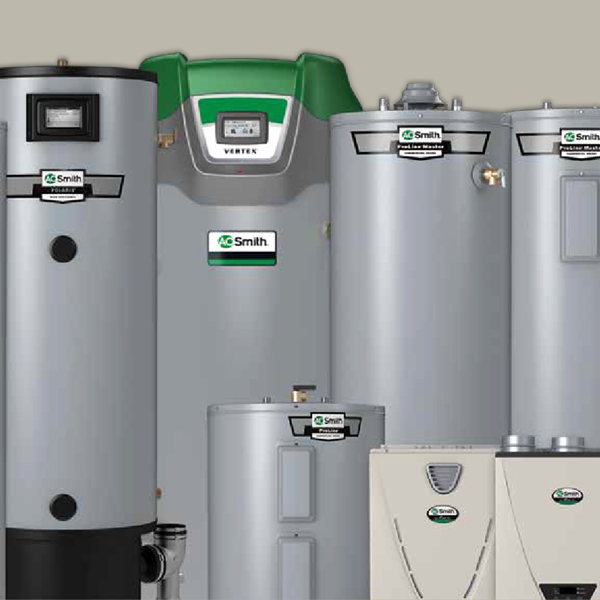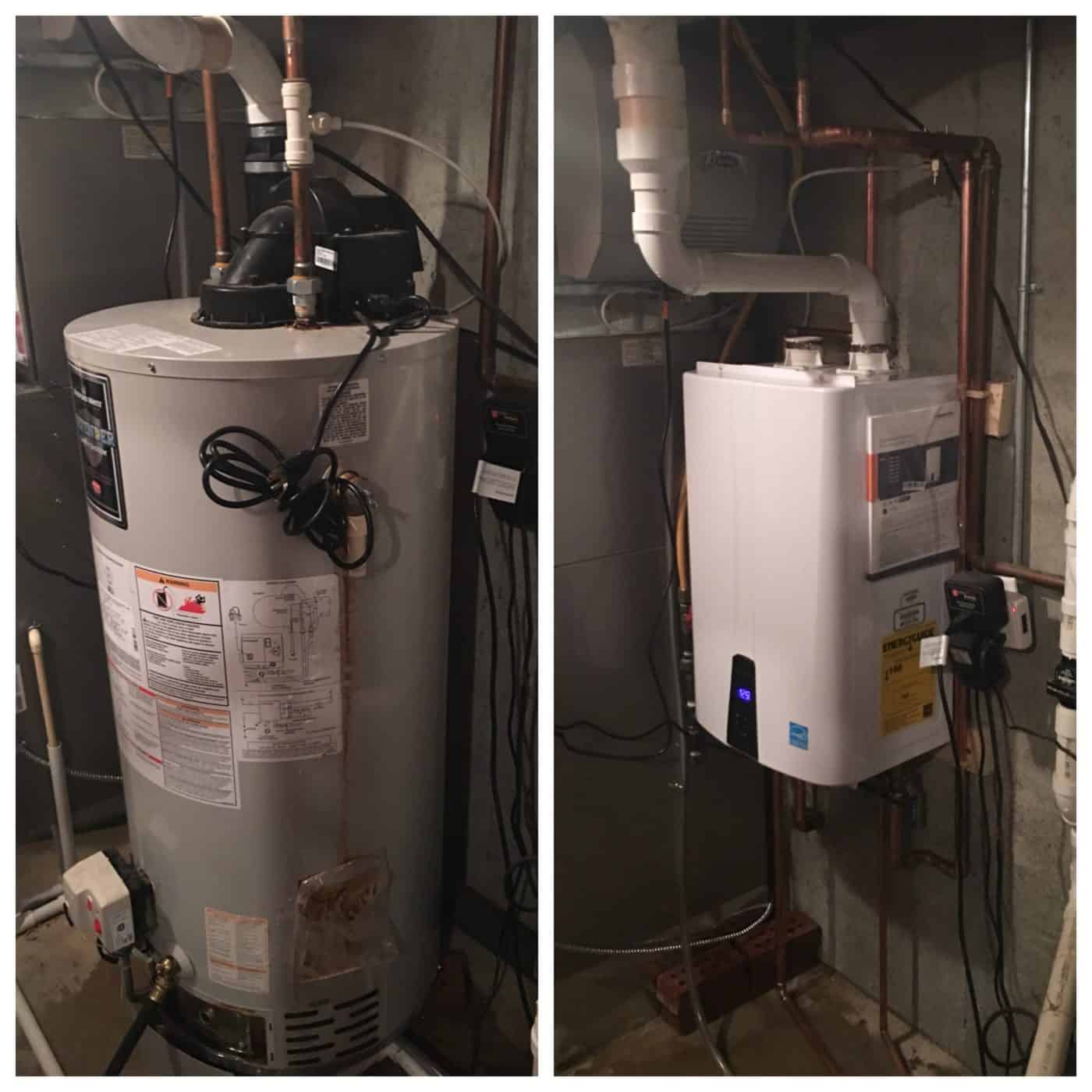DIY Water Heating System Setup: Vital Actions for Success
When considering a DIY water heating unit setup, it is crucial to approach the job with a systematic frame of mind, as the process includes several crucial actions that can significantly impact both security and performance. Selecting the appropriate water heating unit for your certain requirements is just the beginning; preparing the setup location and comprehending the essential devices and materials are equally essential.
Choosing the Right Hot Water Heater
When picking a water heating system, it is important to think about several essential aspects to make certain ideal performance and efficiency - water heater. Assess the kind of water heater that ideal suits your requirements. Options include tankless, storage container, and warm pump water heaters, each offering unique benefits in terms of energy effectiveness and area needs
A larger household might require a device with a higher gallon ability or a tankless system that can give continual hot water. Each energy kind has effects for installation expenses and lasting power costs.
Energy performance is another important aspect. Try to find systems with a high Power Factor (EF) ranking, as these versions consume less energy and can significantly lower utility costs. In addition, check for service warranties and brand name reliability, as these can suggest the durability and maintenance needs of the device. By very carefully reviewing these elements, you can select a hot water heater that lines up with your household's specific demands, guaranteeing convenience and effectiveness for many years ahead.
Tools and Materials Needed
Effectively setting up a water heating unit requires not just the appropriate option of unit but likewise the proper devices and products. Before starting your DIY job, guarantee you have a detailed listing of items to facilitate a smooth setup process.
Crucial devices consist of a monkey wrench, flexible pliers, and a screwdriver set (both flathead and Phillips), which will help you manage numerous fittings and links. Additionally, a drill with appropriate little bits is essential for placing brackets or making any required openings. For safety and security, a voltage tester is crucial, specifically when managing electric water heating systems.
You will certainly additionally require a versatile water supply line, which can be either knotted stainless steel or PVC, depending on your choices and local codes. By gathering these products and tools in advance, you set the stage for a successful water heater installment.
Getting Ready For Setup
Prior to beginning the installment of your water heating system, it is critical to examine the setup site to guarantee it meets all necessary requirements. Start by validating that the location is well-ventilated, particularly for gas hot water heater, to stop the build-up of hazardous gases. Look for the availability of necessary links, consisting of water system lines and electrical outlets, guaranteeing they are in helpful resources great condition and correctly situated.

Additionally, evaluate the existing pipes and electrical systems to figure out if repair work or upgrades are required prior to installment. This aggressive technique not only guarantees compliance with local building regulations yet additionally enhances the long life and efficiency of the water heater. Finally, gather all needed licenses, if essential, to prevent legal complications later on. Appropriate prep work establishes the phase for a smooth installment process and helps stop unexpected problems.
Step-by-Step Setup Process
With the preparation total and all essential analyses carried out, the next phase includes the step-by-step setup of your water heater. For tank-type water heaters, connect the cool water supply line to the inlet, usually noted in blue, and the hot water line to the electrical outlet, typically marked in red.
Next, secure the temperature level and stress safety valve, which is crucial for safety and security. Attach the discharge pipeline to this valve, guiding it towards the floor or a suitable drainage area. For electric designs, attach the power supply by removing the try this out cords and protecting them to the heater's terminals according to the maker's guidelines.
If you are setting up a gas hot water heater, ensure the gas line is connected appropriately and examine for leakages utilizing a soap remedy. Nevertheless links are made, fill the tank with water before activating the power or gas supply. Allow the water heating unit to reach the preferred temperature level and check for any leaks around all connections.
Ensuring Safety And Security and Effectiveness
Routinely ensuring safety and security and performance throughout the setup and procedure of your water heating unit is critical for optimal performance and durability. Begin by picking a suitable location that abides by regional building regulations and provides appropriate air flow. Make sure that the location is without flammable products and has enough room for maintenance and examinations.

After installment, conduct normal checks on the unit to identify leaks, rust, or unusual sounds. Set the thermostat to a secure temperature, typically around 120 ° F, to avoid hot and boost power performance. Insulate pipelines to minimize heat loss, which adds to decrease power try this out costs.
Conclusion
In verdict, successful DIY water heater setup pivots on careful planning and implementation. Choosing the suitable water heating system, preparing the setup area, and complying with a systematic installation process are critical actions.
When considering a DIY water heater installation, it is essential to approach the task with a methodical frame of mind, as the procedure includes numerous essential actions that can substantially impact both safety and security and effectiveness.Prior to beginning the installment of your water heating unit, it is essential to analyze the setup site to ensure it meets all required requirements. For tank-type water heaters, attach the chilly water supply line to the inlet, commonly marked in blue, and the warm water line to the outlet, normally designated in red.On a regular basis making certain safety and effectiveness during the installment and operation of your water heating system is vital for optimum performance and longevity. Choosing the ideal water heating unit, preparing the installment location, and following a systematic installment process are essential actions.